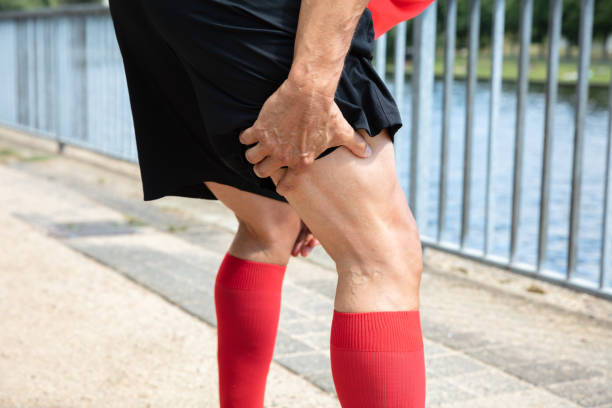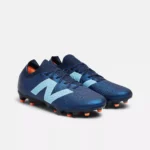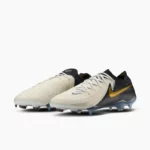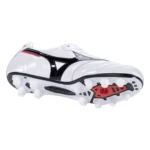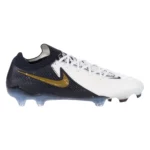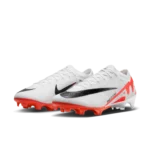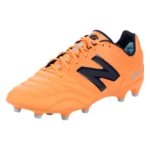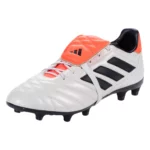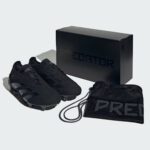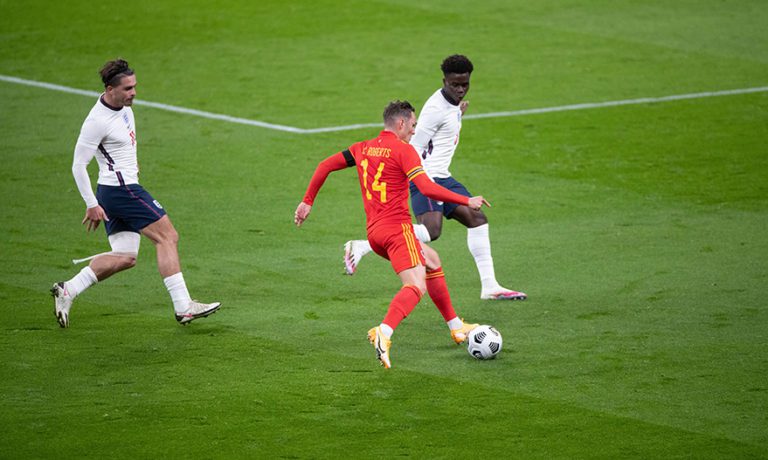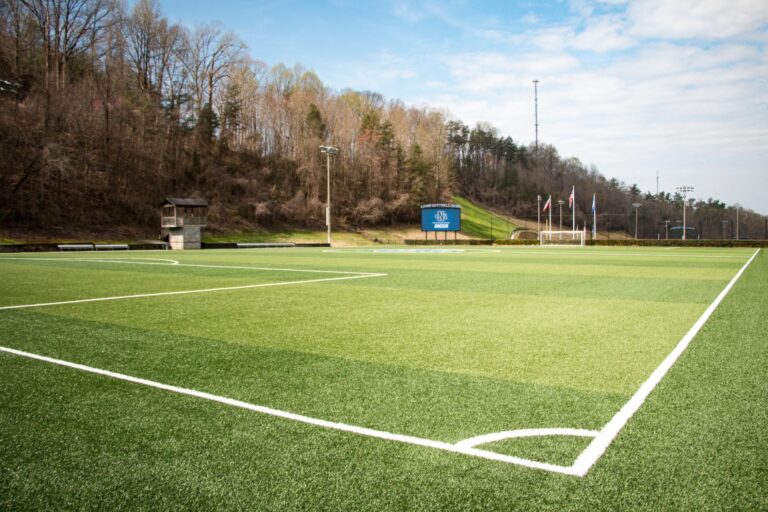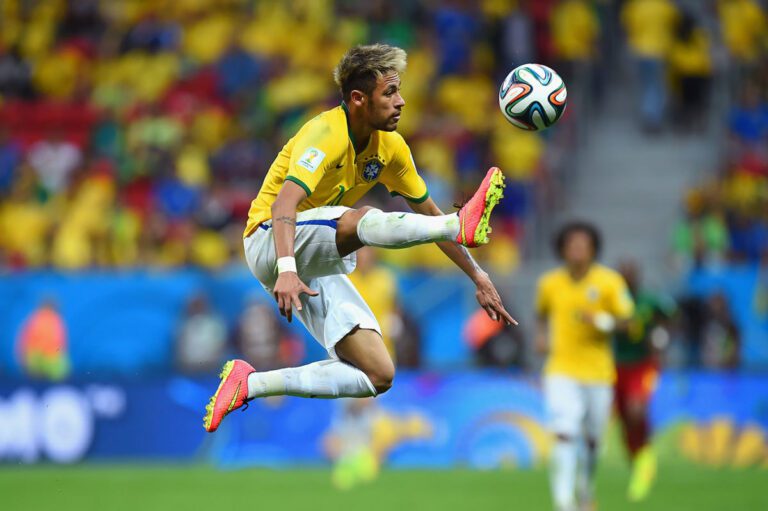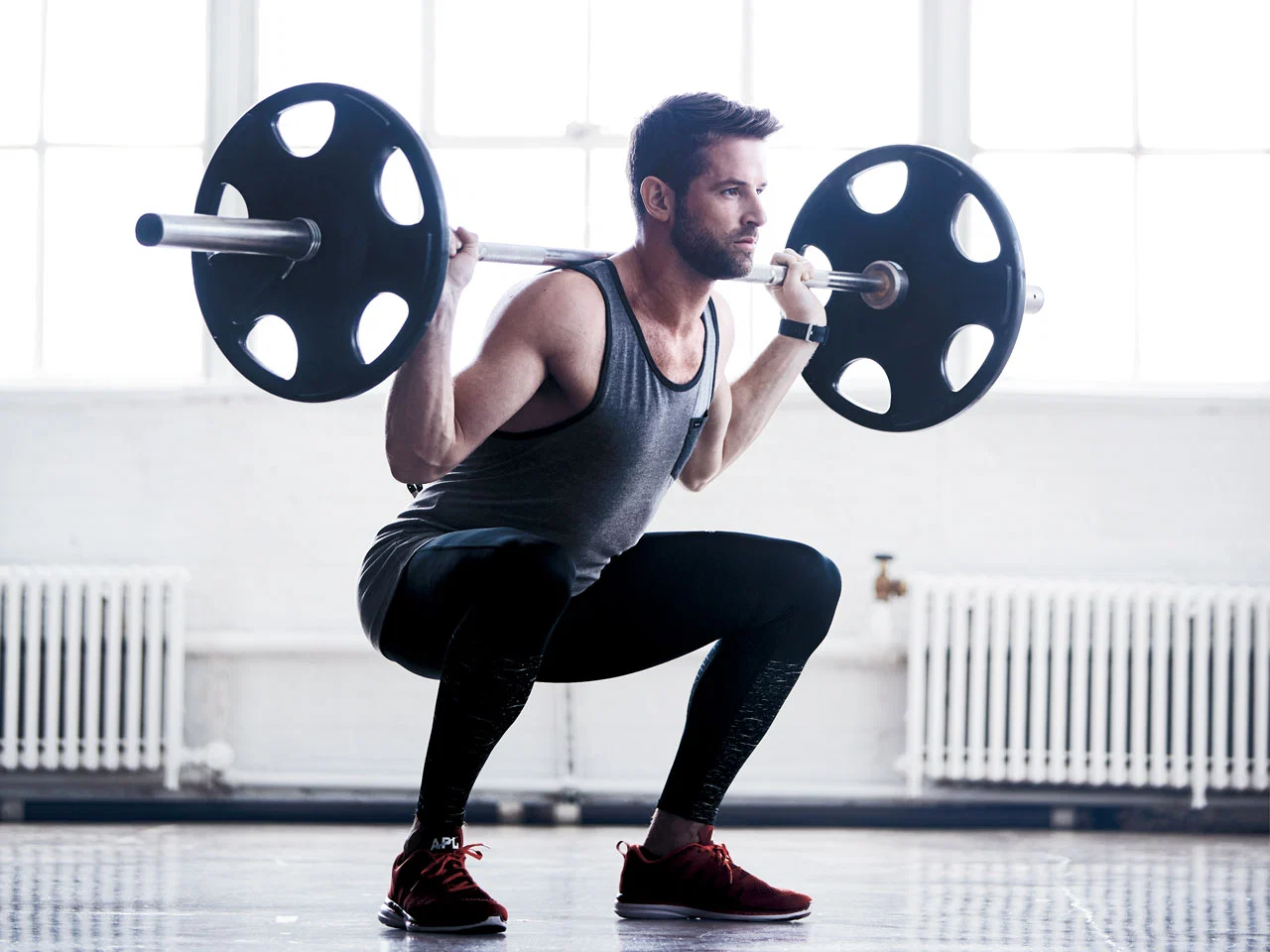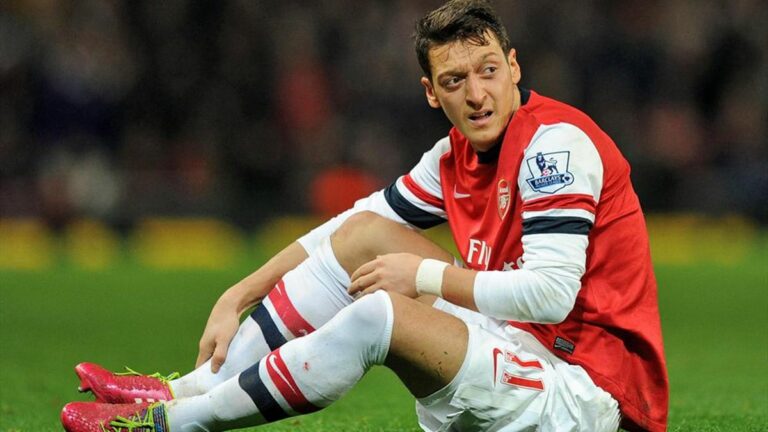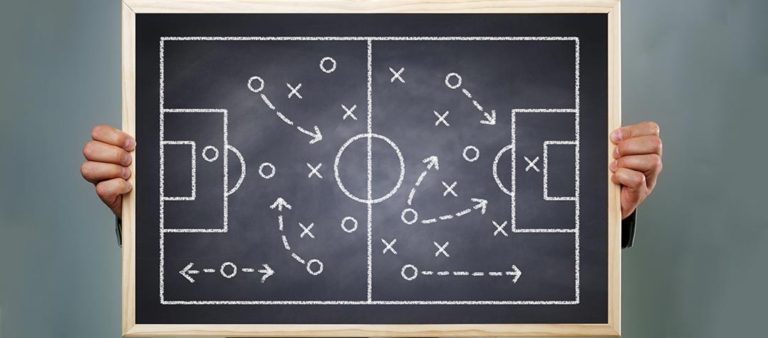Hamstring Injuries in Soccer
Hamstring Injuries in Soccer
There’s nothing worse than feeling the intense pain of a pulled hamstring. It can stop you from playing for days, weeks, and in some cases months. There’s a variety of causes that can lead to hamstring injuries in soccer, and the damage to the muscle will vary depending on the nature of the injury.
Luckily, there are several techniques for healing and rehabilitating a hamstring injury. Additionally, there are exercises that can help you bulletproof your hamstring against future strains. If you’re looking to treat other injuries such as heel pain and shin splints, we’ve gone over those in separate articles.
For all the latest football boots and training gear, go to World Soccer Shop for the best prices online.
Hamstring Strain Severity
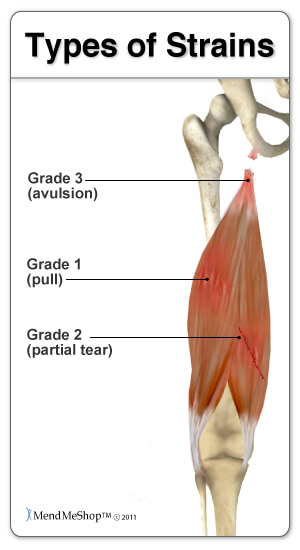
Hamstring strains are graded either 1, 2, or 3 depending on severity. A Grade 1 strain consists of only a minor muscle tear. A Grade 2 strain result in a partial tear of the muscle. Finally, Grade 3 tears are the most severe, indicating a severe or complete rupture of the muscle. Below are some of the symptoms you may experience depending on the grade of your hamstring injury.
1. Grade 1
- Tightness in the back of the thigh
- Discomfort while walking
- Minimal swelling
- Slight pain when bending the knee
2. Grade 2
- Difficulty walking (player may be limping)
- Increased swelling
- Unable to straighten knee
- Flexing knee causes pain
3. Grade 3
- Walking is severely affected
- Player may require clutches for mobility
- Sever pain during any knee flexion
- Noticeable swelling in the hamstring
Causes of Injury
The hamstrings are composed of three muscles that run from the back of your hip to just below your knee. These muscles allow your knee to bend and for your legs to reach full extension while running. If these muscles are stretched beyond their limits, injury can occur.
Sprinting is one of the most common causes of hamstring strains in soccer players, as running at full speed requires extreme stretching of the hamstring. Many players may feel a sharp and sudden pain in the pack of the thigh when sprinting, indicating a hamstring strain.
There are other risk factors that can increase the likelihood of suffering a hamstring strain. These include poor flexibility, muscle imbalance, and a prior hamstring injury.
Treatment
After sustaining a hamstring strain, it’s important to stop playing soccer immediately. Continuing to play on an injured hamstring could result in worsening the injury. If you think you have sustained a grade 2 or grade 3 hamstring strain, you may want to consult a doctor for a full medical evaluation.
In most instances, the P.R.I.C.E. method should help alleviate initial symptoms of the injury. This technique is used to protect, rest, ice, compress, and elevate the injured muscle.
Rehabilitation
Rehabilitation is the key to coming back healthier. A successful rehabilitation program involves both strengthening and stretching your muscles. This will help your body build back even stronger.
Start by gradually trying to increase the range of motion of your hamstrings. Depending on the severity of your injury, this may require you to initially walk with the help of crutches. Focus on being eventually able to walk pain-free in a normal range of motion.
1. Running
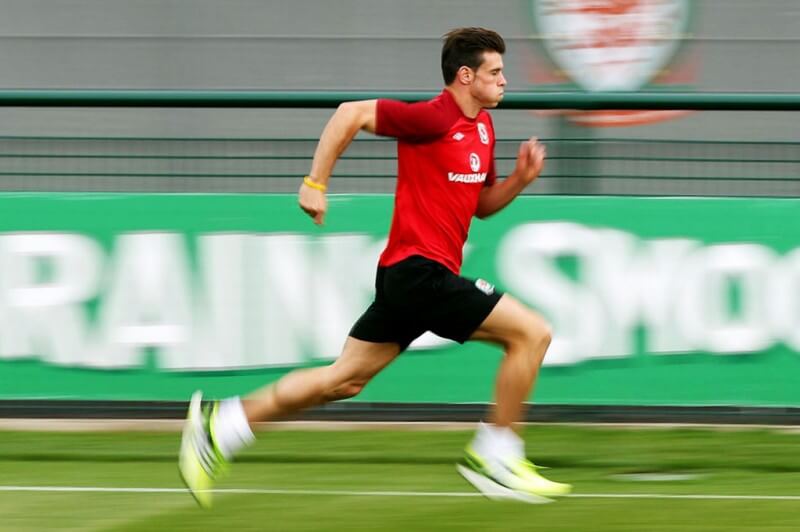
Most soccer players strain their hamstrings while running. This is because sprinting at full speed puts your hamstrings under significant stress. In order to prepare your body to run safely, you’ll need to incorporate sprinting training into your workouts. This will not only reduce your risk of injury, but it will also make you a better overall player.
If you’re looking to bulletproof your hamstrings from injury, training your sprint speed is crucial. Below are four sprint drills that will help improve your athleticism and build up your hamstring endurance.
- Sprint-Backpedal Repeats
- Set up five cones about 5 yards apart
- Stand at Cone 1, sprint to Cone 3
- Backpedal to Cone 3, sprint to Cone 4
- Backpedal to Cone 4, sprint to Cone 5
- Lean, Fall, and Sprint
- Stand with feet hip-width apart
- Lean forward until you start to fall
- Use forward momentum to drive your feed into the ground
- Drive your knees upwards while swinging your arms at 90 degrees from the shoulder
- Sprint 10-20 yards, walk back to recover
- Push-Up Starts
- Set up two cones 20 yards apart
- Lie down at one cone in a push-up position
- On cue, get up and sprint to the second cone
- Jog back to recover
- Flying Sprints
- Set up two cones 20 yards apart, and a third cone 10 yards away
- Run at 75 percent speed from Cone 1 to Cone 2
- Accelerate to full speed from Cone 2 to Cone 3
- Jog back to recover
Body Mechanics
Having correct body mechanics is important to sprint effectively and avoid injury. Different players may start from a variety of positions when sprinting. However, it’s important to maintain several core principles when running. This includes driving the balls of your feet into the ground to create maximum force and swinging your arms at 90 degrees to maintain momentum. For a full breakdown of proper body mechanics while sprinting, refer to the following article.
2. Strength Training
Strength training is vital in order to build strong and resilient hamstrings. Including resistance training in your routine will help strengthen your muscles and ligaments, therefore reducing the likelihood of injury. There are multiple exercises that can help strengthen your entire kinetic chain. For a more detailed breakdown of the muscles most used by soccer players, check out the following article. Below are three great exercises that target the hamstrings.
Deadlifts
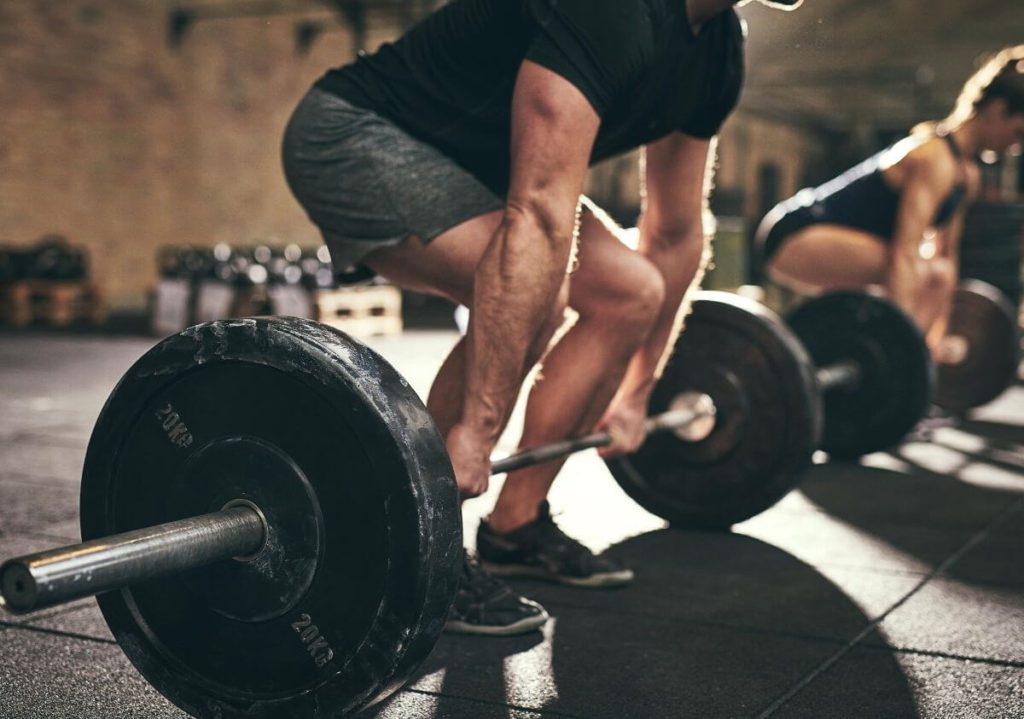
Deadlifts target your hamstrings, lower back, traps, and additional muscle groups. This makes the deadlift a great full body workout. When performing the movement, it’s important to start out light to focus on proper form. Only increase in weight once you feel comfortable with the movement pattern. For a breakdown on how to successfully perform a deadlift, check out the following video.
Single Leg RDLs
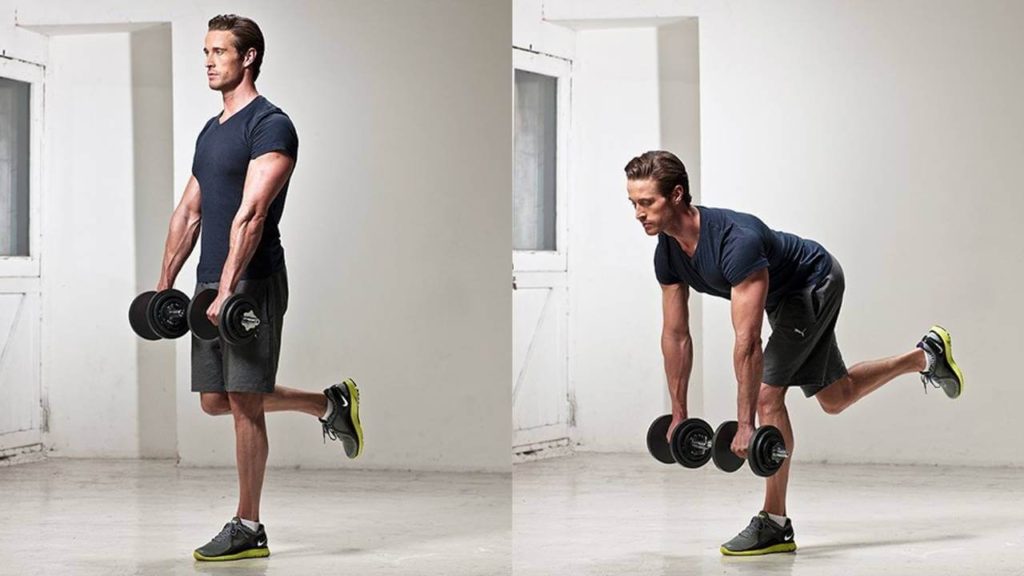
Single Leg Romanian Deadlifts (RDLs) are a great variation of the conventional deadlift. This is because the single leg variant trains each leg individually. This will help prevent muscle imbalances and give you a greater stretch when performing the movement. For a demonstration of the movement pattern on single leg RDLs, see the following video.
Nordic Curls
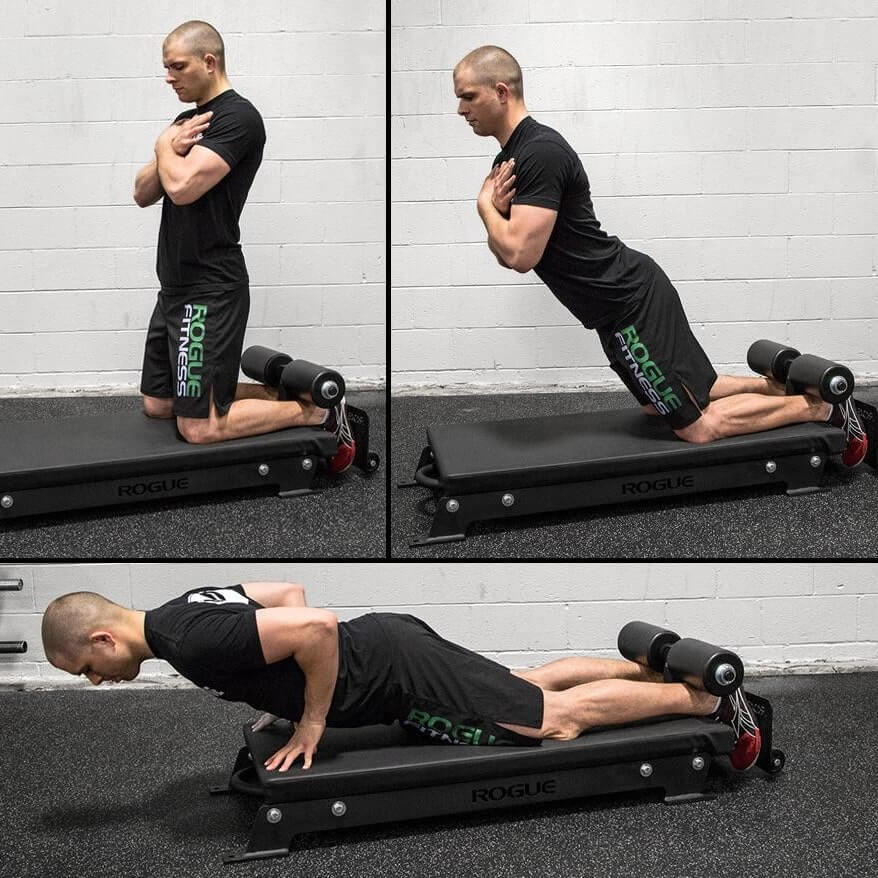
Nordic curls prove that you don’t need weights to get a killer leg exercise. Performing a nordic curl requires you to hinge at your knees as you use your hamstrings to curl your bodyweight. Athletic trainer Ben Patrick gives a great demonstration of the nordic curl in the following video.
Prevention
As you heal from an existing hamstring injury, it’s important to focus on preventing future injuries. This will ensure that you stay pain free on and off the field. Below are some key tips for preventing hamstring injuries.
- Warm up with dynamic stretching before every game and training session
- Strengthen hamstring muscles through resistance exercises
- Strengthen muscles in the lower back and core to ensure balance
- Get at least 8 hours of sleep to allow your body to recover
- Focus on getting the right nutrition every day
- Most Comfortable Football Boots of 2024
- Nike Phantom GX 2 vs Adidas Predator Elite
- Puma Future 7 Pro – Review
- Mizuno Morelia 2 Elite Review
- Nike Phantom GX 2 Elite Review
- Width Matters: Choosing the Right Football Boots for Your Feet
- Nike Premier 3 vs Copa Gloro vs NB 442 V2 Pro
- The Best Value Adidas Boot – Copa Gloro Review
- Best Predator Ever? – Predator Elite Review
